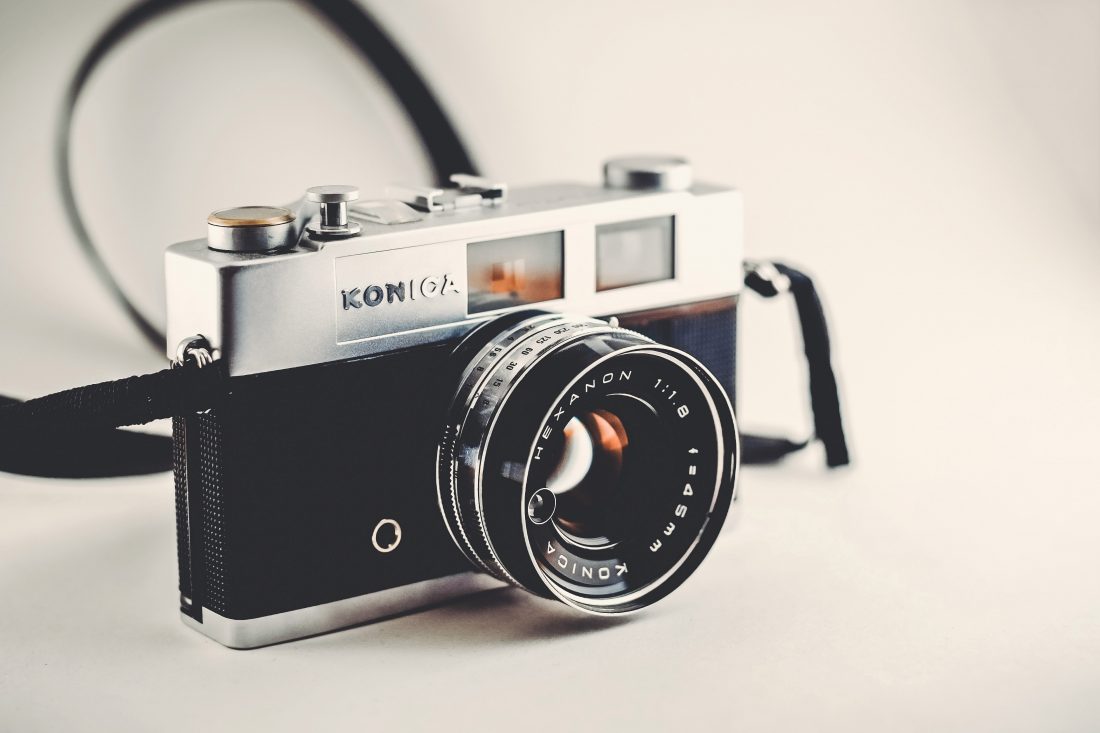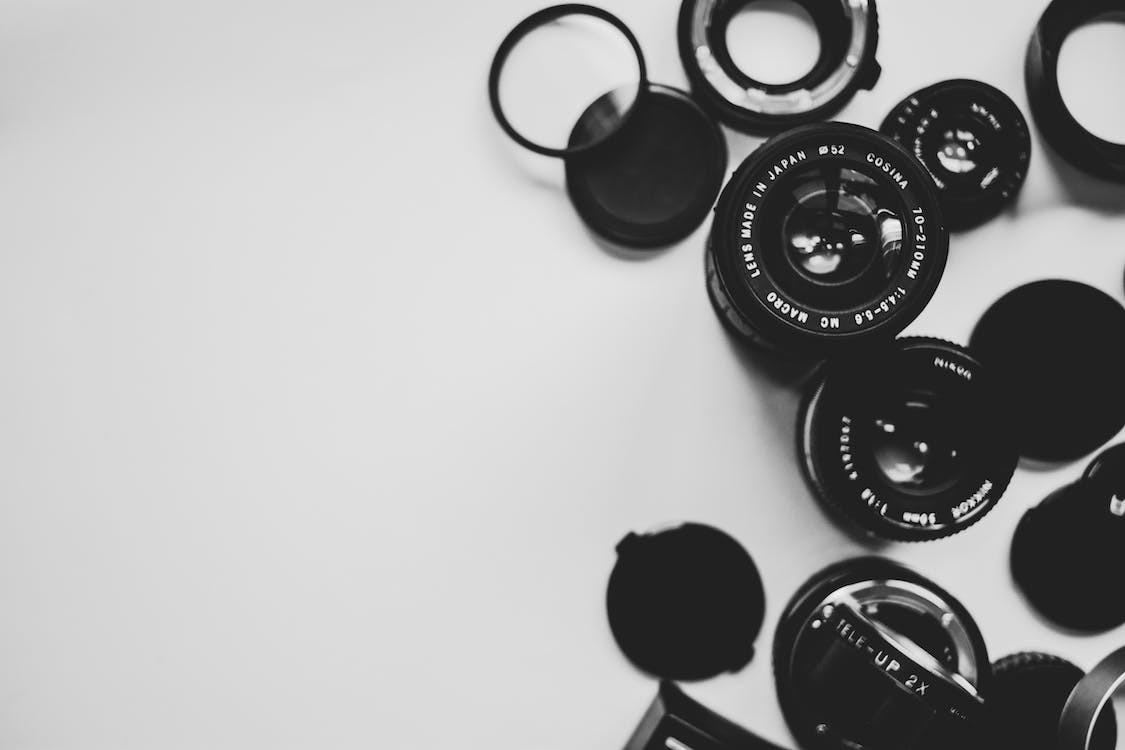
Introducing Canon III: A Classic Film Camera
The world of photography has seen a myriad of camera models and various kinds of photographic equipment, each contributing to the field in unique ways. Among these, we certainly can’t overlook the iconic Canon III film camera, a classic device that has left a permanent mark in the history of photography.
What is the Canon III Film Camera?
To start off, let’s explore what exactly the Canon III Film Camera is. Canon III is a rangefinder camera released in early 1951 by the well-known manufacturer, Canon Inc. It was a popular choice among photographers for its compact design, high image quality, and reasonably affordable price. Back in the day, it was sold at a price of $180, a reasonable amount for a high-quality camera during its era.
With its intuitive controls and reliable performance, it swiftly became a favorite among both professional photographers and hobbyists. The camera’s rangefinder system allowed for precise focusing, making it particularly popular for street photography, portraits, and even spontaneous captures.
The Canon III Experience
Using the Canon III is like taking a step back into the past. As a film camera, it operates quite differently from the digital cameras we are accustomed to today. It demands a more thoughtful approach to photography, asking the user to consider factors like film speed, lighting conditions, and manual focusing. Despite these demands, or perhaps because of them, using the Canon III can be incredibly rewarding.
My personal encounter with the Canon III was nothing short of magical. Buying my first roll of film, loading it into the camera, manually adjusting the focus to get the desired shot, and finally seeing the developed photos is a complete experience that not only tests your photography skills but also fuels your passion.
Can the Canon III Work with Smartphones?
While the idea of integrating modern technology with a classic camera may sound appealing, it’s important to clarify that a film camera like the Canon III cannot work with a smartphone. Unlike digital cameras that can transfer images electronically, film cameras need the film to be physically developed to produce images.
In Conclusion
The Canon III is more than just a camera, it is a piece of photography history. Using it provides a unique experience that digital cameras simply can’t offer. While it might not come with the conveniences of modern cameras, its distinct charm and artistic quality have ensured its place as a beloved classic in the world of photography.
